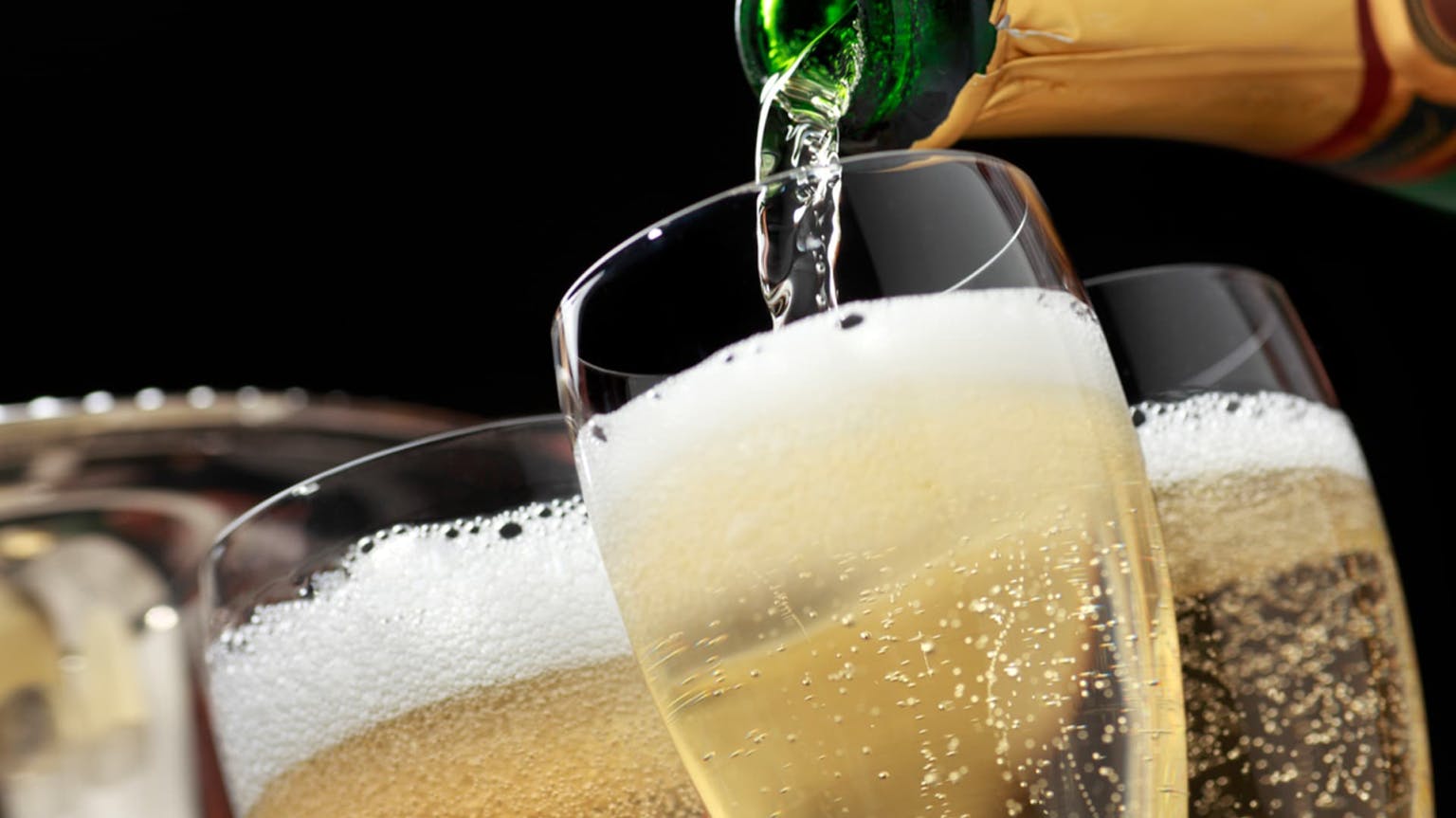... all in search of the elusive but all important equilibrium which defines the finest quality champagnes.
A key defining element in the style of a Champagne comes from how the wine is handled prior to second fermentation, largely determining the final style which falls broadly into two categories; either a rounded, opulent style or a crisp, linear, taut one.
Bollinger is the perfect example of the more broad, opulent style with a significant proportion of the still wine aged in oak prior to second fermentation. The blend is also predominantly Pinot Noir which typically adds weight and richness on the palate.
Gosset is firmly in the other camp, ageing 100% in stainless steel and blocking malolactic fermentation to retain the fresh acidity. Their blends are predominantly made from Chardonnay, with higher natural acidity producing more linear, lean wines producing a fantastic tension on the palate. This style generally tends towards a longer ageing potential yet the all-important equilibrium in the blending can make the broader style age just as long.
Blending of still wines also remains a key determining factor in the style and flavour of a Champagne. One thing Chef de Cave Odilon de Varine-Bohan from Gosset reiterates is that “there is no recipe”. With so many elements that go into the production of Champagne, the potential variables is pretty incredible and the recipe changes every year. The vintage Gosset 2006 is a perfect example of this, the cuvee being made up of grapes grown in 13 different villages, coming from potentially 208 different growers – 2/3s coming from Grand Cru sites, the other 1/3 from 1er Cru sites. Unusually for Gosset the blend is 60% Pinot Noir 40% Chardonnay. With the 2006 vintage, Odilon felt the Pinot Noir grapes performed better due to the warm July, therefore warranting more Pinot in the final blend.
For Odilon, July is the most important month in the Champagne calendar and defines the vintage. If it is not too hot and there is less sunshine, the Chardonnay shines through, retaining linear saline qualities. A warmer vintage favours the richer full bodied Pinot Noir. It is the blending of the two however that enables the perfect equilibrium.
Another factor when directing the style of Champagne lies in its dosage. While there is a current trend towards lower dosage, this works best with wines that have spent a longer time ageing on their lees - typical of aged vintage champagnes. Lower dosage for these wines works due to the maturity of the wine naturally adding richness and the appearance of sweetness on the palate without sugar.
Dosage is still an essential element, the all-important finishing touch to the cuvee. In Champagne, in many Champagne houses, there is plenty of experimentation going on. For example, Jean Francois Clouet in Bouzy has a whole selection of experimental batches. He has played around with a wide range of ageing techniques including using Sauternes barrels as a way of reducing the dosage of the Champagne by instilling the essence of sweetness without actual sugar.
Odilon from Gosset believes the dosage is one of the key elements in the production of champagne and as important as the blending process. He describes it as the equivalent of “the polish on a car”. The dosage actually clarifies and concentrates the flavours of the Champagne when in balance, rather than masking it.
Poor dosage techniques can over-power the wine and it can lose its identity and this became clear when playing around with the dosage levels in our experiments at F+R HQ last week. Bizarrely, adding less sugar in some cases made the cuvee in fact taste sweeter! The reason being, the cuvee was out of balance and disjointed, making the sugar stand out on the palate. Similar experiments with more sugar and the wine felt more integrated, but only to a point, before it became disjointed again. Following experiments ranging from zero dosage to 8 grams a litre, the impact at miniscule dosage differences was simply extraordinary.
Finally we were introduced to the concept of bitterness on the palate. According to Odilon, bitterness in fine wine is more important than acidity, but where one feels the bitterness on the palate is central to its quality. At zero dosage, bitterness can be felt on the mid-palate as well as on the finish, this mid-palate bitterness obstructs the mouth-feel and should be avoided. Bitterness on the finish is desirable, creating freshness and tartness on the palate and making the wine moreish. Being able to retain bitterness on the palate but only at the end is key to producing a balanced wine, in perfect equilibrium.

